The Truth About National Pastime
No, no, this isn’t some revelatory post or something that will shock you.
However, it needs to be written.
If you’re not aware, the Zack APBA Handbook was a labor of love by the late Edwin Zack. Edwin did a lot for the APBA community, but this handbook was by far his crowning achievement. It remains to this day the encyclopedia of APBA baseball cards, and, to my knowledge, it is unmatched by any other baseball sim.
But there are a lot of problems — and I’m not just talking about misspellings and grammatical mistakes. I’m talking about factual errors.
You can get the Zack APBA Handbook from its dedicated website. I somehow missed the announcement from John Cochrane that it was updated in December 2023. And, fortunately, the latest version includes a section on National Pastime that was taken out.
And so let’s head over to that section and see what is going on.
Unfortunately, there are a few problems here already.
It’s true that this was “the game that started it all” in the sense that National Pastime was the first game to offer individual player cards (that we’re aware of, at least).
However, there are some issues here. For example, the “print style” and “format” descriptions indicate that the originals are the same as the original 1950 APBA season. But that’s simply not true. In fact, you can tell when you compare it to the Handbook entry for 1950:
Now, the Handbook also neglects to describe those print styles and formats, which is kind of a pain. I suppose the print style refers to the fact that there were no double columns? It’s not clear.
The other problem, though, is that the National Pastime card image is not an image of an original card. Fortunately, I’ve got a few of those:
As you can clearly see, the corners are rounded, there are some typesetting issues, and the font and boldness is somewhat different from the 1950 APBA season.
One more thing: the designation of play result “12” is incorrect. As we’ve covered numerous times now, Clifford Van Beek used model cards that varied based on the batter’s handedness.
This is what he used for lefties and switch hitters:
And this is what he used for righties:
A 12 on 26 meant the hitter was left handed or a switch hitter, while a 12 on 63 meant the hitter was right handed. Except, of course, when it didn’t, which happened more often than you think.
In short — it’s not accurate to think of National Pastime the same way you think of APBA. It was a completely different game that used a completely different system. And, yes, this should exonerate J. Richard Seitz from the claims of “copying another man’s game” that have dogged him for over 50 years now.
The Handbook editors missed the most obvious necessary correction, believe it or not.
That would be Jimmy Shevlin, a Detroit first baseman who Clifford Van Beek thought was an outfielder for some bizarre reason:
I’m not sure that I understand how the editors failed to catch him. It takes less time to realize that Shevlin was a first baseman than it takes to see that Chapman played 3B more often than Lazzeri and that Lazzeri should have been chosen at 2B.
By the way, I covered all of that when I looked at Van Beek’s roster sheet a while back:
How Accurate Were Clifford Van Beek's Lineups? — Part One
Before we begin, I want to give a shout out to my friend Bernard Stoum, who saw Roger Clemens throw a no-hitter in his 1986 Red Sox Diamond Mind Baseball replay. You can read a summary of the game and see the boxscore here. Congratulations, Bernard!
It turns out that Van Beek’s lineups actually are likely correct. Though Chapman started more games at 3B than Lazzeri, the most commonly used Yankee lineup is accurately reflected on the roster sheet. And, yeah, that means that Clifford Van Beek likely had some system for following game-by-game real life lineups.
Okay — this is incorrect for two reasons. First is because it says “one complete copies,” which makes no sense. And second is beecause it describes two complete copies of the game alongside a very vague rumor that Howard Ahlskog might have seen one in the 1970s.
There are more incomplete copies out there, of course. Remember that National Pastime was first rediscovered in the mid-1970s when a bunch of cards showed up at a baseball card convention:
Now, we also know that 500 copies of the game were printed. In fact, we’ve got very good original newspaper evidence of that:
This part is also interesting:
You know what’s even more telling? The fact that Jefferson Burdick, the father of the baseball card collecting hobby, also never collected National Pastime cards. These cards would have been circulating during his time as a collector — and yet there is no Burdick designation for these cards. That tells you how unbelievably rare they are.
Now, you guys know about this part already:
This is a bald faced lie, and is evidence that most people in the community simply took Clifford Van Beek at his word. I describe more about that lie in this article:
It was Van Beek who went bankrupt, not the printer. And we know this because the printer sued Van Beek, not the other way around.
However, things like this are correct:
In fact, I’m quite certain that those unopened returned letters were likely included with Seitz’ National Pastime stash, which is why we know about them. They’re likely somewhere in some collection, just waiting for someone to scan them so we can examine them.
There are a few comparisons between the lineup sheets and cards that follow that I won’t get too deep into here. However, I should also note that this is incorrect:
The original 1950 APBA season was published in 1951, not 1950. And the roster sheet included two players marked with an asterisk.
My understanding is that the original 1950 APBA season roster was printed on two pieces of paper, and that Seitz changed to a single sheet at some later point. I believe the 1951 season roster was also originally printed on two sheets of paper.
This article also completely ignores the vast number of chances that Seitz made to the game boards, some of which I talked about in an earlier article.
Now, all in all the Zack Handbook article isn’t awful. However, it really needs to be updated by somebody who has actually spent time studying these cards. We’ve relied on word of mouth knowledge for far too long in the APBA community. It’s time that somebody actually do the research and see what really happened.







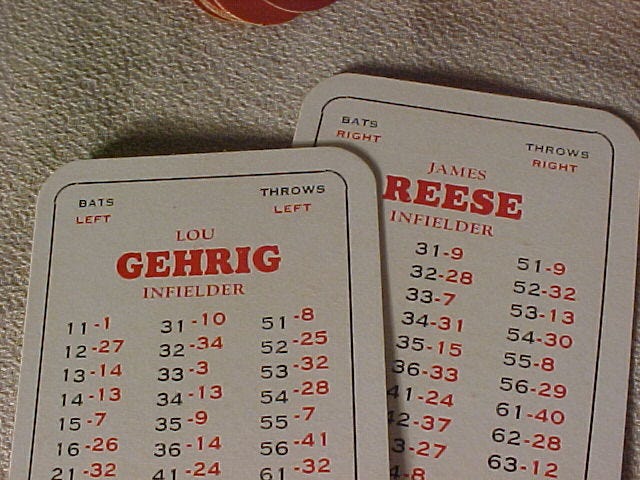
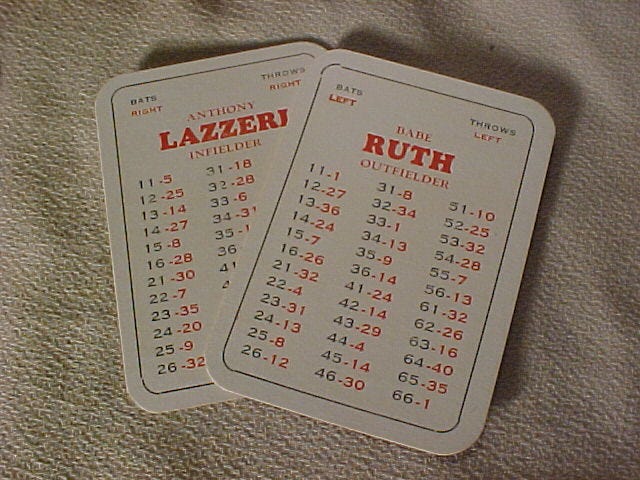



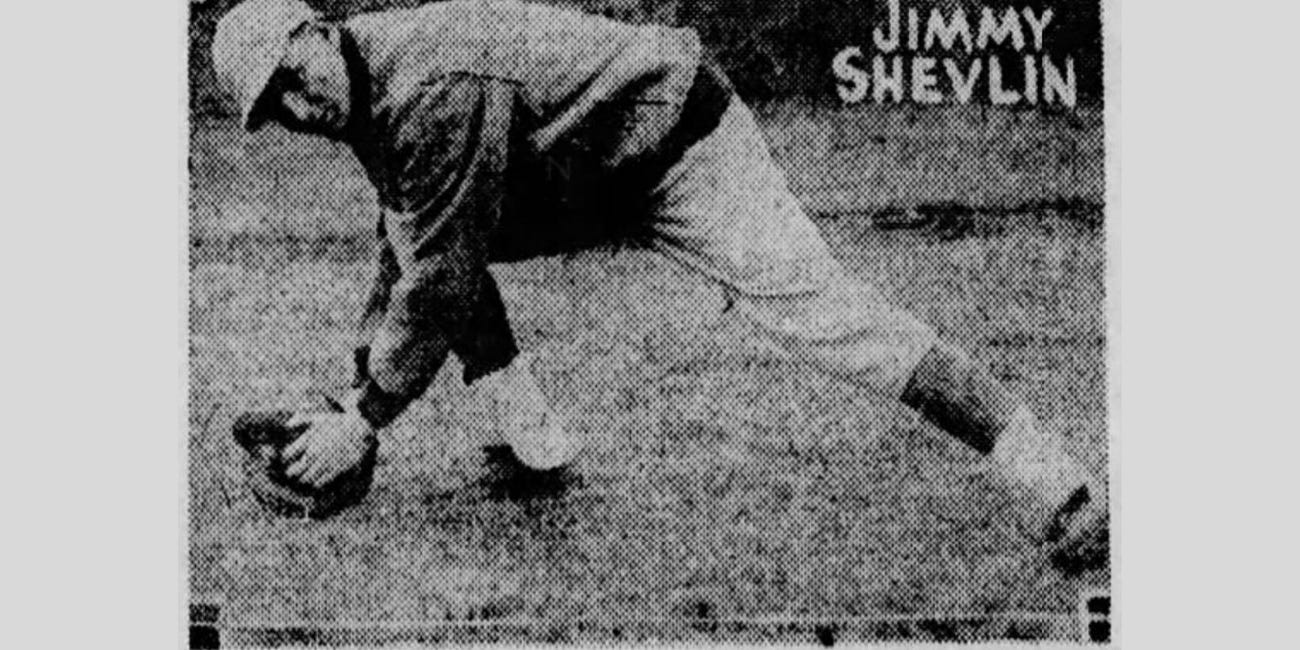



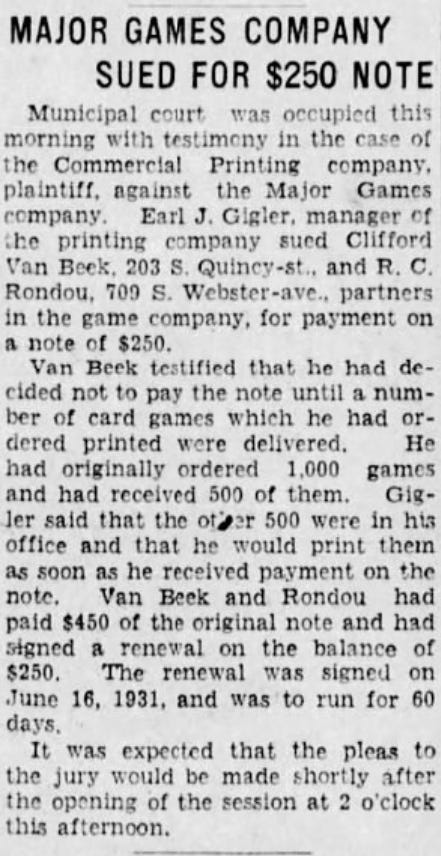


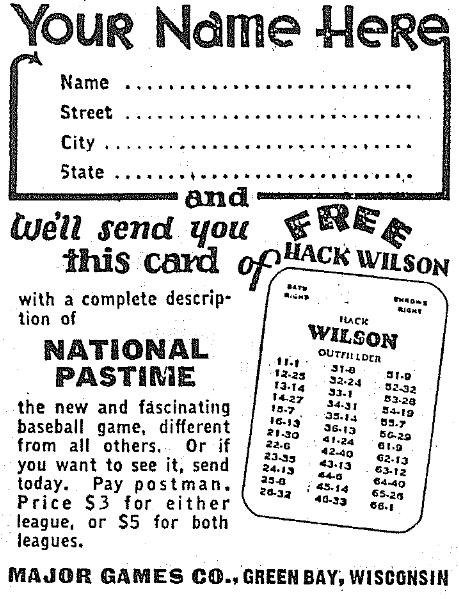


The 'a' refers to the sequence of fonts used. Since NP was first, it would get the 'a' designation.